Everything You Need To Know About Driving On The F-Roads In Iceland
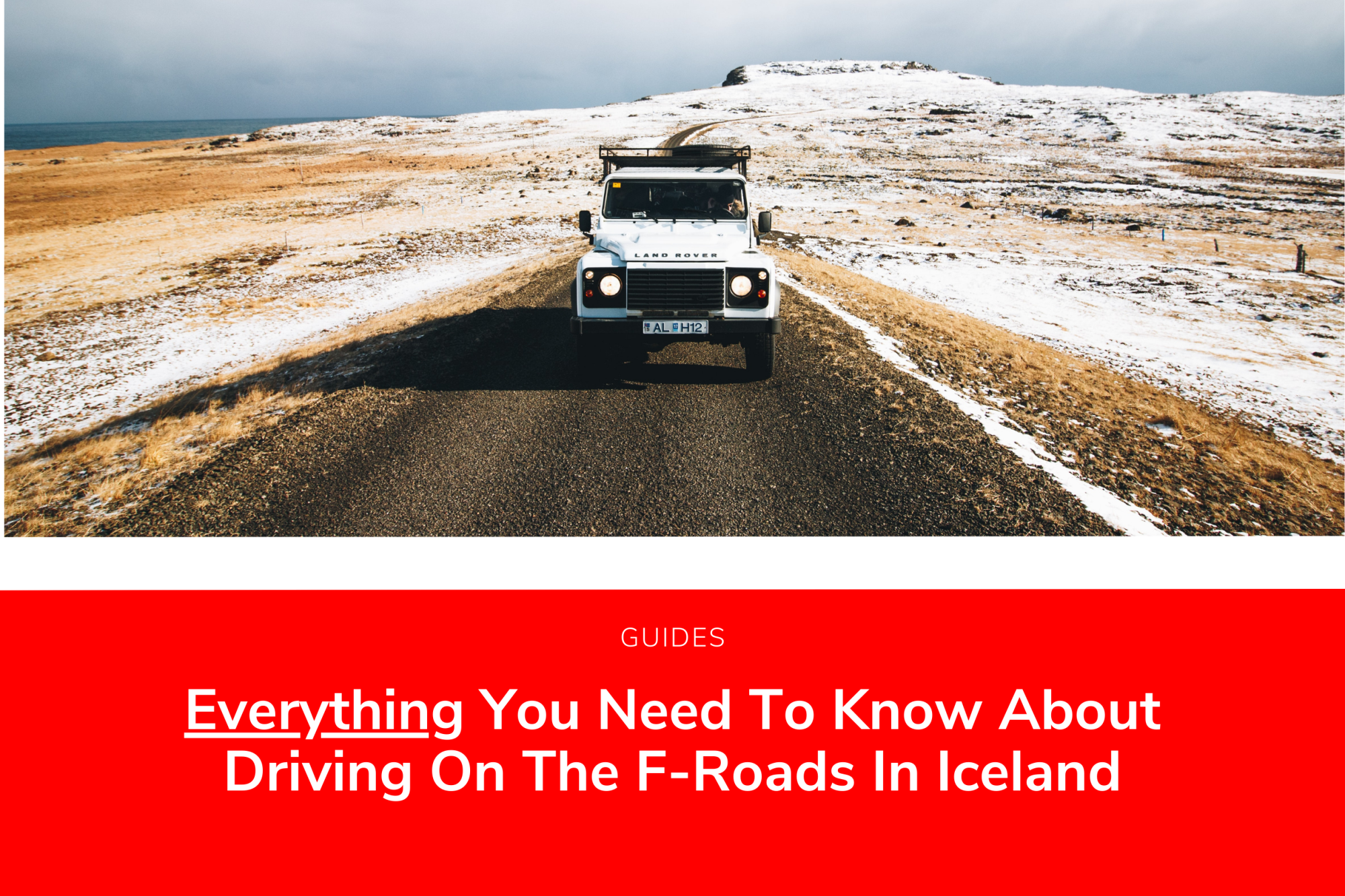
If you’re planning on getting off the beaten path in Iceland and taking your rental car into the highland region, you’ll have to traverse a number of designated highland roads known as F-Roads. F-Roads have been determined by the Icelandic Road Administration to be potentially hazardous, therefore requiring a specific calibre of vehicle to ensure safe travel. This means a large 4x4 vehicle that the rental car company has marked as ‘suitable for F-roads’ is a must-have.
If you attempt to drive an unsuitable 2WD vehicle on the F-roads roads, you could be in breach of Icelandic traffic law, resulting in a fine. Furthermore, rented cars and trucks not suitable for F-road travel will not be covered in your insurance package. This is a standard practice to protect both the company and individual from issues that may arise.
If you want to jump to a particular section in this article, use the jump links below.
- What are the F-roads?
- What vehicles can use the F-roads?
- Tips for driving on F-roads
- How to tackle river crossings
- Most popular F-roads
- Why drive on Iceland’s F-roads?
- Iceland F-roads opening times
What Are the F-Roads in Iceland?
F-roads in Iceland can take many shapes and forms, although they are generally described as unpaved roads or tracks that are not maintained in the same way that the main road system spanning Iceland is. This means that you have to expect the unexpected and won’t truly know the state of an F-road until you see it. With that said, there are information services available to check road states (call 1777 for additional information about specific roads) and all F-roads are mapped and monitored for public visibility.
Conditions of F-roads can range from the following;
- Loose gravel and/or rocky terrain
- Uneven surfaces
- Fords or rivers that potentially frozen over or coursing at high speeds
- Poor quality surfaces with potholes or cracks
- Steep inclines
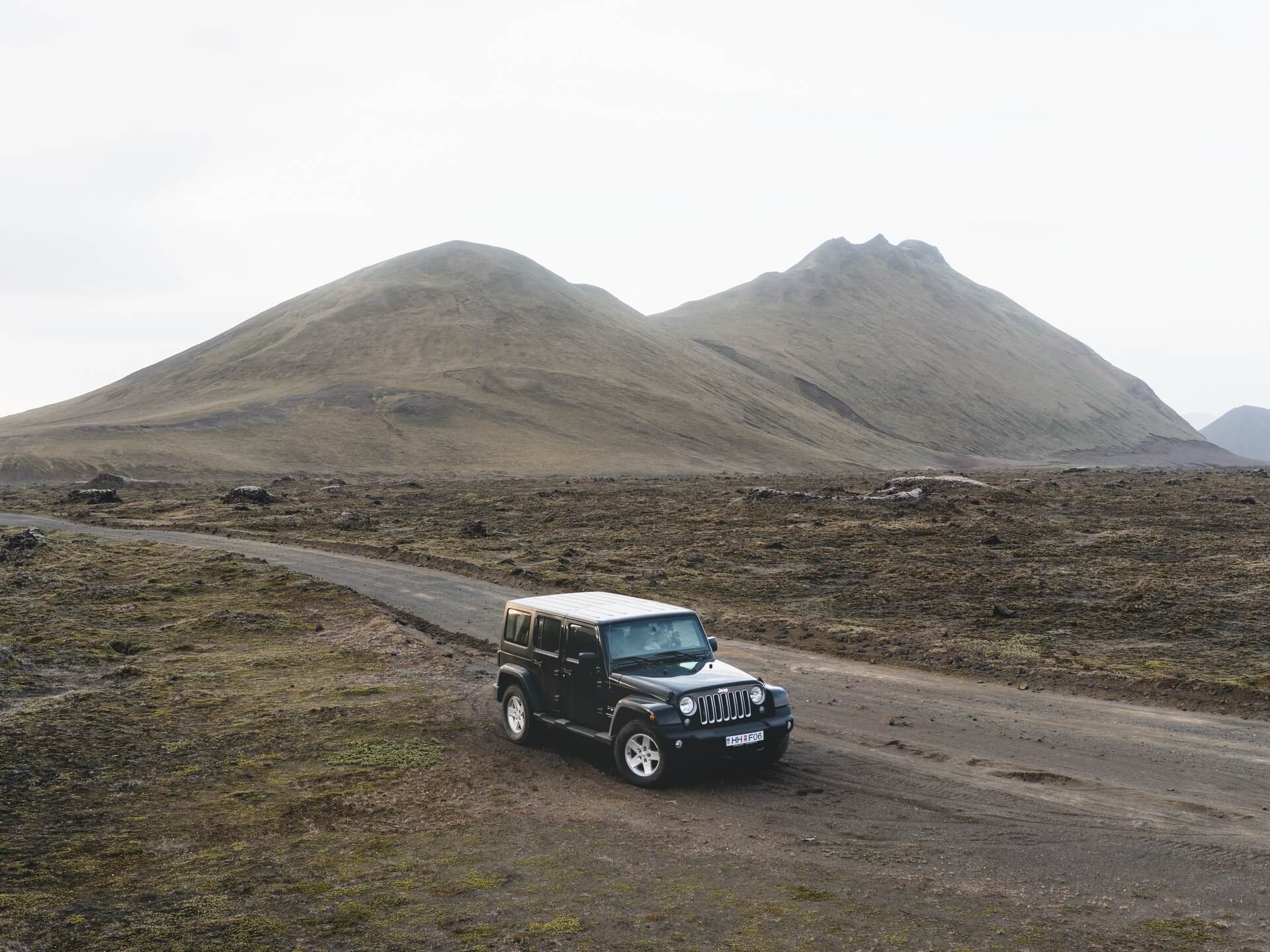
If you wish to explore the highlands using the F-roads, you will need to visit in the summer as the majority remain closed throughout the year until the snow melts, which is usually in June. We have included a full list of opening times for all of the F-roads in Iceland further down in this guide.
To further complicate the matter, F-roads in Iceland are often located in places where mobile network coverage can be unreliable, so you may be unable to contact somebody for help in the worst-case scenario. The emergency contact number is 112 and should be available even without a mobile signal.
What vehicles can use the F-Roads in Iceland?
With potholes, enormous boulders and river crossings, F-roads require a vehicle with good ground clearance and four-wheel drive as a minimum. You must inform the rental company if you are planning on using F-roads as they can provide you with a suitable 4x4 vehicle. Standard car rental insurance policies will almost certainly never cover the damage that may occur as a result of driving on F-roads, such as chassis and undercarriage damage, as well as water damage from river crossings.
To ensure you are best protected against damage on Iceland’s F-roads followed by a hefty repair bill, you should ask the rental company to provide you with a suitable vehicle and ensure you take out additional insurance cover for F-roads and river crossing damage. For more information, check out our guide to rental car insurance in Iceland.
The 4x4 rule applies to all highland roads prefixed with an F, as well as three other roads in Iceland:
- Kaldidalur valley (road 550)
- Kjölur (road 35)
- Jökulhálsleið (road 570).
Tips for driving on F-Roads
Part of the appeal of Iceland’s F-roads is that they take you into areas that are so desolate and remote that you can experience the wilderness like never before. With so few facilities in the highlands, it is essential to be well prepared to avoid any potential mishaps spoiling your journey.
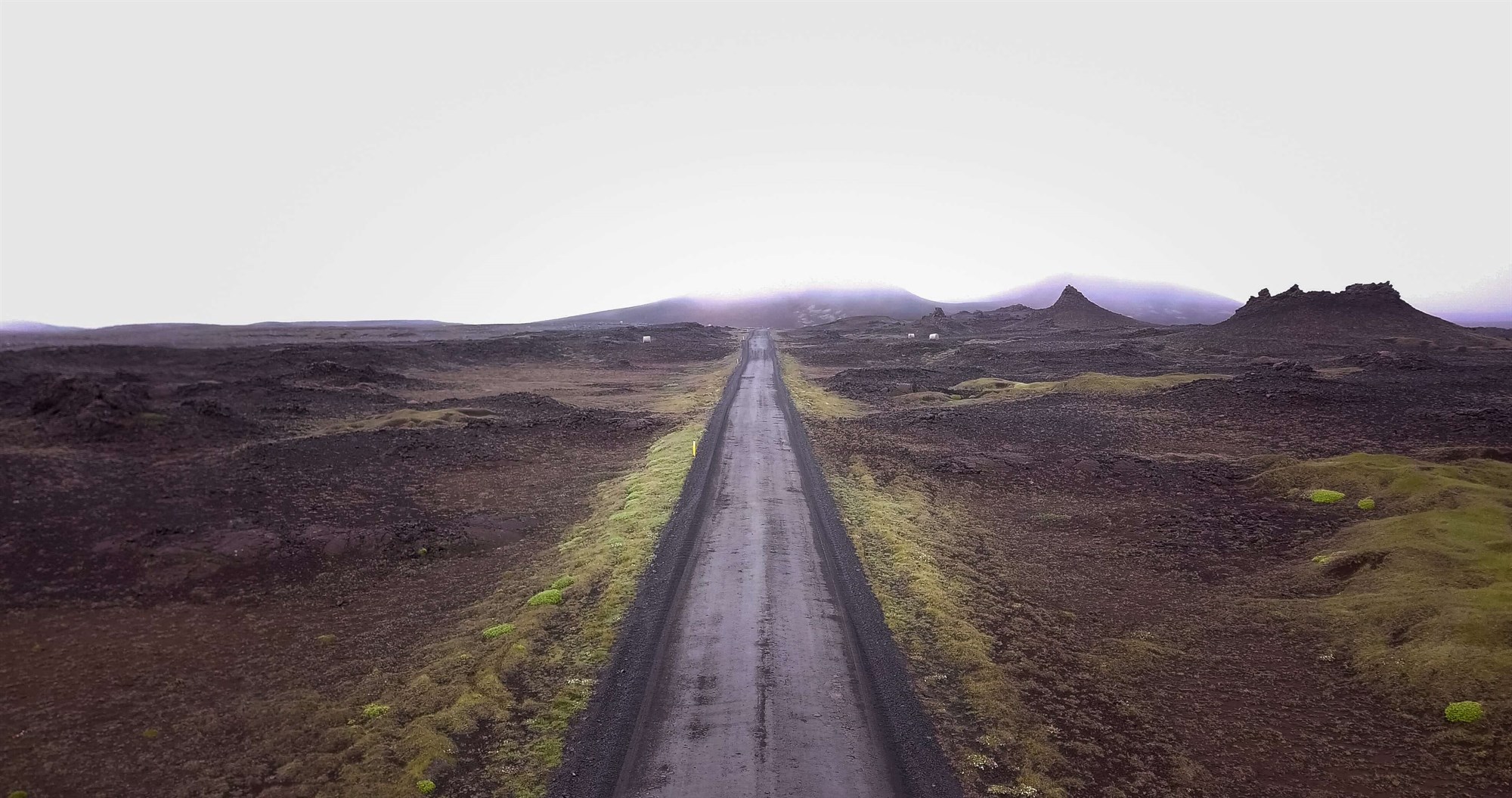
Driving on an F-road in Iceland is certainly much different to the highways and roads you’ll be used to at home. Unpredictable weather and terrain will tax your skills as a driver, so it is important to be confident in your ability at all times. Fortunately, there are a number of ways to mitigate the risks and get the most out of your Icelandic adventure. Some of this guidance comes directly from official sources and some from our years of experience as a car rental service in Iceland.
Here are a few tips with knowing before venturing out onto Iceland’s F-roads:
- Always check the road conditions before setting off and make use of local’s knowledge and expertise to get a rough idea of what to expect and how long the journey will take.
- Make sure you tell someone where you are going or register your trip details with safe travel.
- Leave with a full tank of fuel. Filling stations in the highlands are virtually non-existent and running out is not a problem you want to have.
- Take plenty of food and water with you for the day. There are very few shops or restaurants once you get into the highlands.
- Check weather conditions and make sure to pack warm clothes, waterproof clothing and hiking boots. Temperatures in the highlands tend to be a lot colder than in towns and on the coast, and the weather can change very quickly.
- Download the area you are visiting in offline maps format on Google maps before leaving so you will be able to use GPS even if you do not have signal.
- Familiarise yourself with your vehicle before driving on difficult terrain.
- If possible, travel in a pair of vehicles in case of an emergency situation.
- Do not drive off-road under any circumstances.
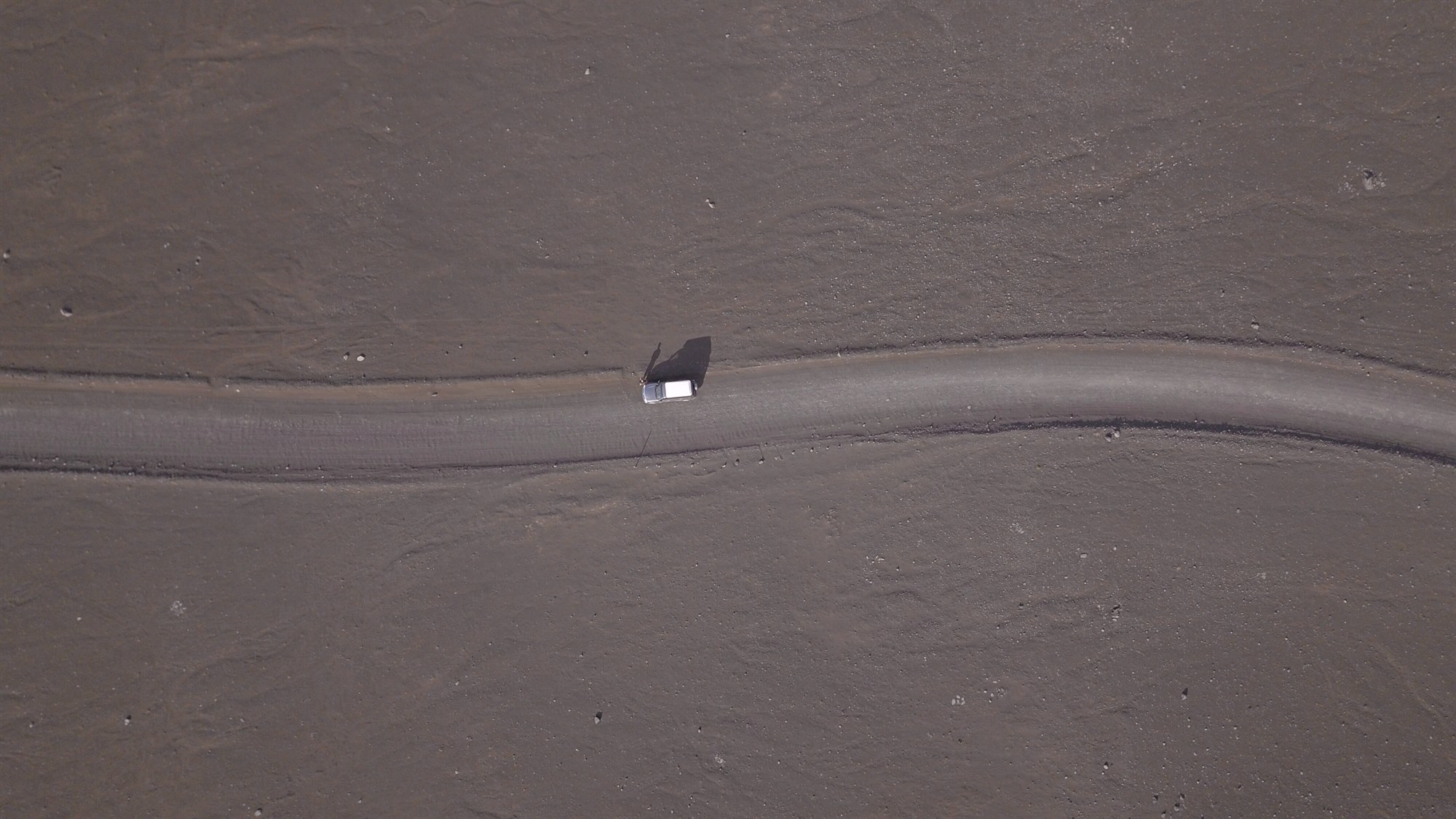
How to tackle river crossings on Iceland’s F-Roads
The most unfamiliar element for people driving on F-roads in Iceland is almost always river crossing. The majority of F-roads have at least one, so if you intend on making it from one end to the other, you need to be prepared to do so carefully and safely.
Even in a large 4x4 vehicle with high ground clearance, there is the possibility of getting stuck and damaging the vehicle if you do not properly assess the river before attempting to cross. Besides the risk of facing a hefty repair bill and large tow truck fees if you do not have the specific insurance, trying to save a few minutes by not assessing and choosing the best crossing route is never worth the risk of being stuck waiting for help, inconveniencing you for a day at the least and potentially even spoiling a large part of your trip.
We’ve put together some helpful tips to help you tackle river crossings on the F-roads:
Go early and check ahead
Leaving early is always advisable so that you give yourself plenty of time to perform the river crossing safely and you should always check road conditions online so you know what to expect. If you are approaching a river crossing, you can always ask vehicles coming the other way for advice.
Inspect the river
You should not try to cross a river where the water is higher than three-quarters the heights of your 4x4’s wheels. There may be posts marking the water depth, or you may need to wade into the river if it is unclear. The best place to cross the river is where it is shallower and this is often marked by where there are ripples on the water’s surface. Calmer looking sections of river should be avoided as it is often deeper.
The best route across the river is more often than not marked by the tire tracks by other vehicles. If the route across is unclear, it is best to start upstream and head diagonally downstream across the river. If at any point you are unsure about whether crossing is safe, you should not attempt to cross and wait for someone else to help you.
Get in gear
Before you attempt a crossing and if your vehicle is manual, ensure it is in a low gear, and drive slowly but smoothly along the identified crossing point. You should not attempt to change gears whilst performing the crossing and do not hesitate halfway through.
If you are driving an automatic vehicle, ensure that you maintain a smooth and steady speed all the way across the river.
Check your return route
If you are returning using the same route later in the day, do not assume that you can just cross the river as you did before without checking. Rain and glacial melt can mean that rivers are higher in the afternoon and increase the challenge of crossing. Be sure to take the time to inspect the crossing again on the way back to ensure you have a safe route through.
Have a backup plan
Always have a backup plan should you not be able to cross the river. You should never put yourself in a position where you are forced to cross a river that you know might be too tricky or even unsafe.
Most popular F-Roads
One of the most popular routes that use F-roads is Landmannalaugar. There are three main routes to get there:
F208 from the North is the easiest and most accessible route that conveniently does not cross any rivers. On the downside, the road surface is fairly rough.
If coming from the West you will use the F225 which is slightly more challenging and requires a larger 4x4 vehicle with high ground clearance. This is also true of the third route, F208 from the South which is by far the most challenging given the river crossing and is best avoided if there has been heavy rain.
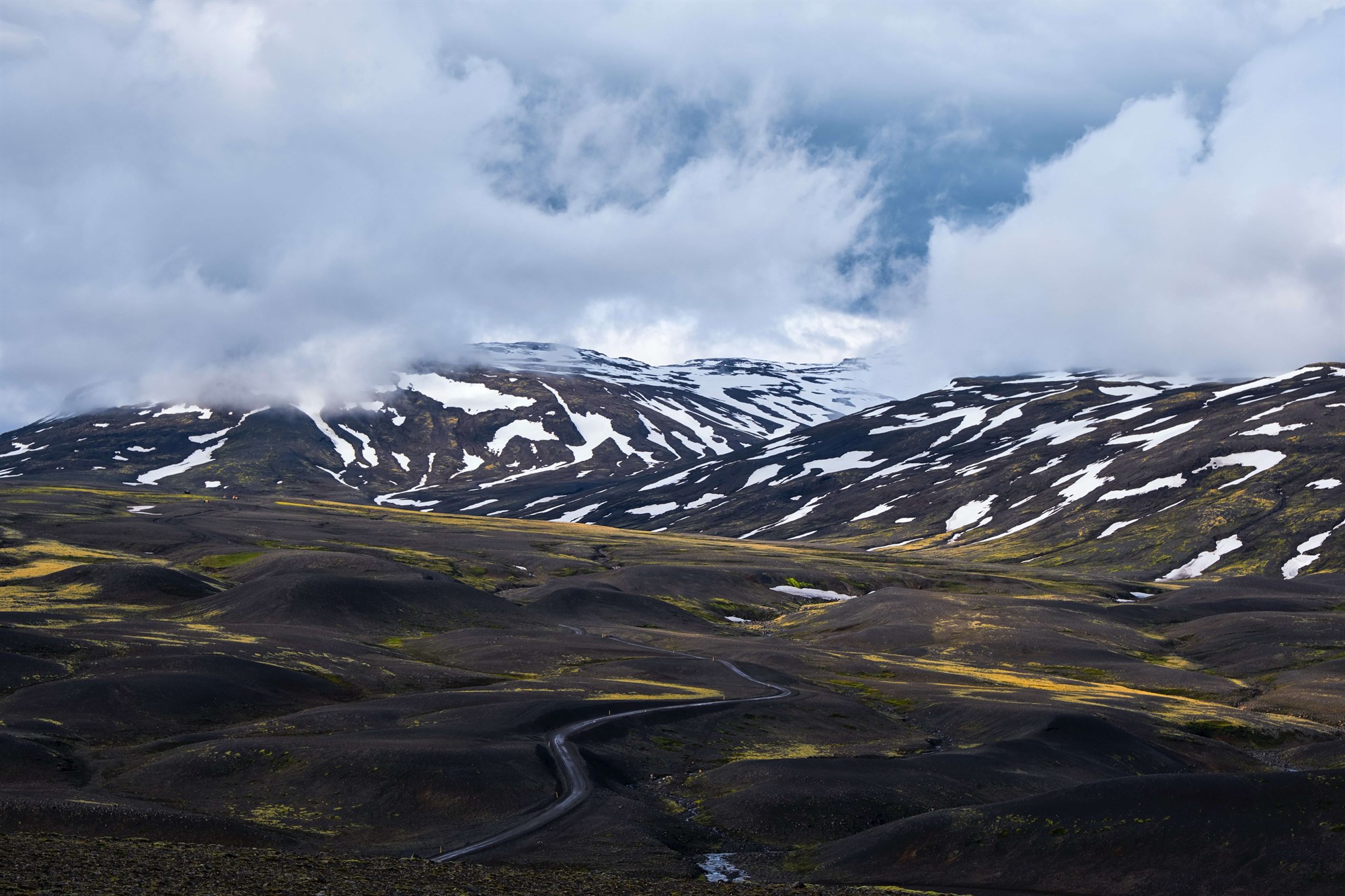
F26 between the Hofsjökull and Vatnajökull glaciers and F206 in Lakagígar are both popular but challenging F-road routes that require vehicles with high ground clearance due to road conditions and river crossings.
Although not marked with an F, 35 is an F-road that goes from Gullfoss to the North of Iceland and is popular for its spectacular views, hot springs, and stunning hiking trails. It is also one of the most accessible highland road routes and is suitable for all types of 4x4 vehicle. Another easily accessible F-road is 500 in Kaldidalur.
Why Drive On F-Roads in Iceland?
It might all sound like a bit of a chore at this point, but we absolutely guarantee that the sights, sounds and vistas you’ll experience are truly unmissable. The highland is home to a number of unique locations, each different from the last. Some of our top recommended places to visit in the Iceland highlands include:
Thórsmörk (Thor’s Forest)
One of the most popular hiking areas in all of Iceland and named after the Norse God Thor, this gorgeous mountain ridge is flanked by three glaciers and rivers.
The Hekla Volcano
One of the most active volcanoes in Iceland, with eruptions dating back to 874, this incredible spectacle was once known as the ‘gateway to hell’.
Herðubreið
With the nickname ‘Queen of Icelandic Mountains’, you’d expect something pretty grand. Fortunately, this remote mountain is so prolific in Iceland it’s been voted as the national mountain. It was first scaled only in 1908, years after the populace was aware of it.
There are so many incredible places to explore within the highlands of Iceland that you shouldn’t shy away from the challenge - especially if you have an adventurous bone in your body!
When Do F-Roads Open In Iceland?
Due to the extreme weather during winter seasons, F-roads are only open to the public for specific periods of the year, mostly in the summer months. The Icelandic Road Administration publishes the opening dates each year to ensure motorists are fully appraised on where and when they can travel. This information has been included in our table below.
|
Mountain Roads 2016 - 2021 |
Earliest opening date |
Latest opening date |
Opening date median |
|
Lakagígar, F206 |
12th June |
30th June |
19th June |
|
Fjallabaksleið nyrðri, F208 |
|||
|
1. Sigalda - Landmannalaugar |
24th May |
20th June |
10th June |
|
2. Laugar - Eldgjá |
14th June |
8th July |
28th June |
|
3. Eldgjá - Skaftártunga |
5th June |
26th June |
13th June |
|
Fjallabaksleið syrðri, F210 |
|||
|
1. Keldur - Hvanngil |
21st June |
10th July |
3rd July |
|
2. Hvanngil - Skaftártunga |
28th June |
13th July |
5th July |
|
Langmannaleið (Dómad.) F225 |
28th May |
14th July |
22nd June |
|
Emstruleið, F261 |
21st June |
8th July |
25th June |
|
Kjalvegur, 35 |
|||
|
1. Gulfoss - Hveravellir |
24th May |
15th June |
9th June |
|
2. Hveravellir - Blönduvirkjun |
22nd May |
12th June |
4th June |
|
Sprengisandur, F26 |
|||
|
1. Hrauneyjar - Nyidalur |
20th June |
9th July |
29th June |
|
2. Nyidalur - Bárðardalur |
20th June |
9th July |
29th June |
|
Skagafjarðarleið, F752 |
26th June |
9th July |
2nd July |
|
Eyjafjarðarleið, F821 |
28th June |
24th July |
7th July |
|
Öskjuleið, F88 |
|||
|
1. Inn að Herðubreiðalindum |
14th June |
25th June |
19th June |
|
2. Herðubreiðarlindum - Dreki |
14th June |
25th June |
18th June |
|
Öskjuvatnsvegur, F894 |
14th June |
24th July |
24th June |
|
Hólsfjallavegur, F864 |
2nd June |
29th June |
10th June |
|
Kverkfjalaleið, F902 |
14th June |
25th June |
18th June |
|
Arnardalsleið F905 |
11th June |
25th June |
17th June |
|
Austurleið F910 |
11th June |
17th July |
15th June |
|
Uxahryggjavegur, 52 |
16th April |
16th May |
29th April |
|
Kaldadalsvegur, 550 |
4th May |
19th June |
27th May |
Ready to explore Iceland’s F-roads?
We hope this guide has helped to educate you about driving in and around Iceland’s highland region, specifically when looking to drive on F-roads.
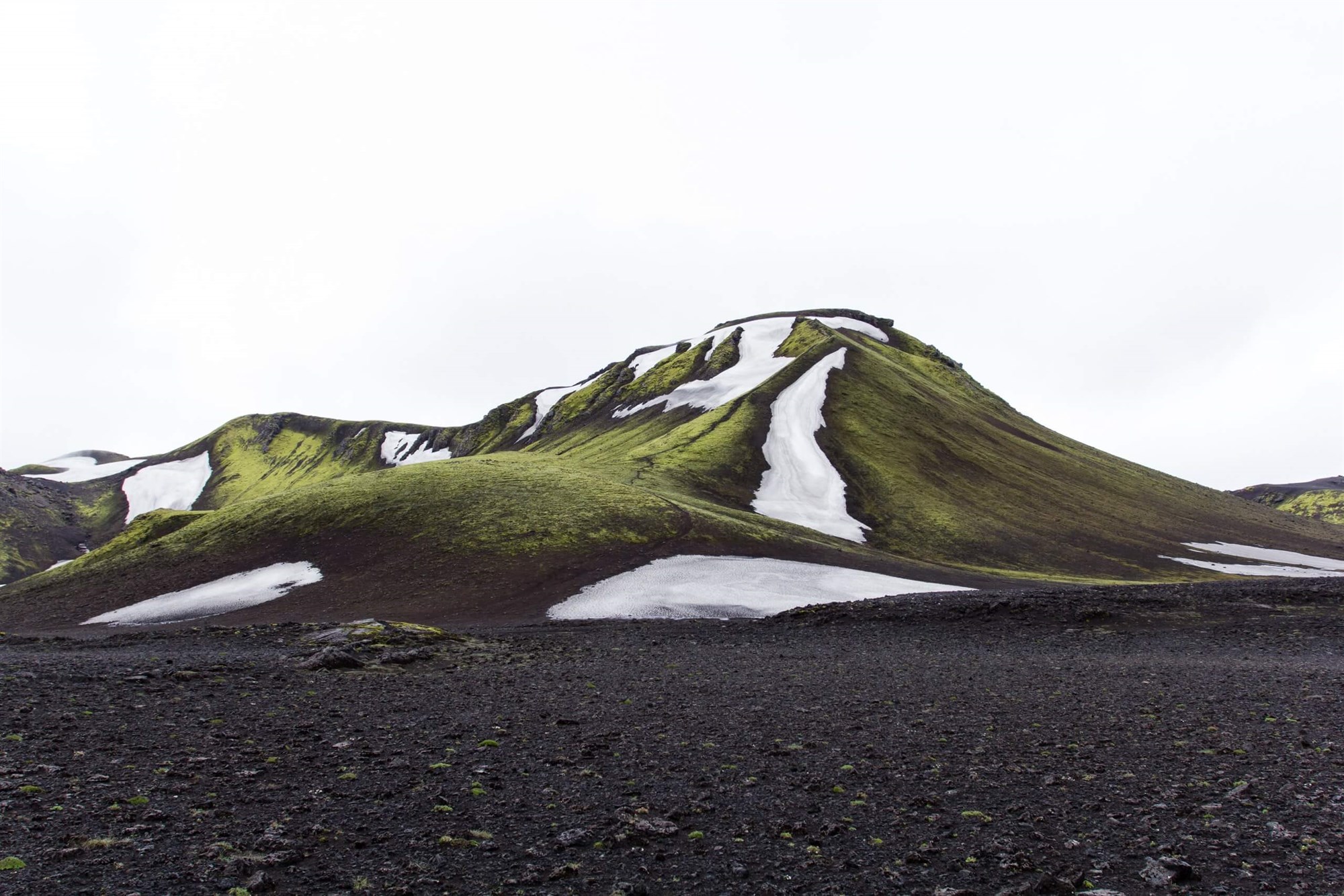
If you are looking for a large 4x4 vehicle available with an unmatched level of insurance cover to explore the F-roads and Iceland’s highland region, check out Lotus Car Rental’s range of 4x4 vehicles.
For additional information about driving and other information about your journey to Iceland, please see our guides below: